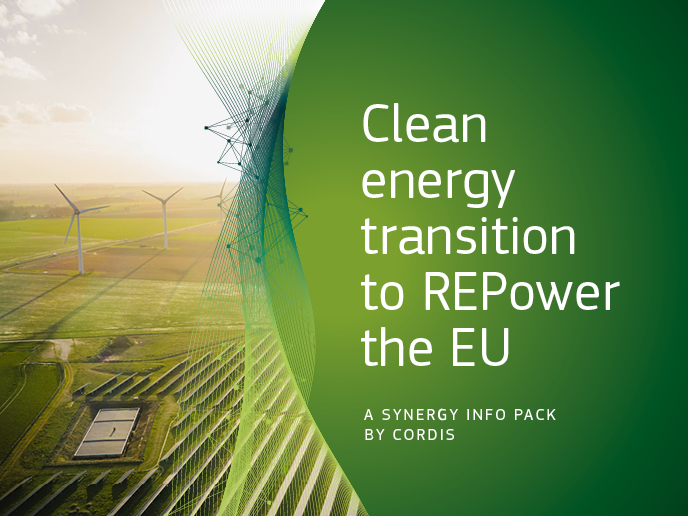Better harnessing of biochemical material
Biotechnology offers the possibility to harness photosynthetic organisms to produce chemicals and help meet the world’s growing energy demand, offsetting dependence on fossil fuels. One challenge is to establish stable and large-scale production of these biological organisms. The EU-funded PHOTO.COMM (Design & engineering of photosynthetic communities for industrial cultivation) has prepared a new generation of researchers for this task. This is an Initial Training Network created for sustainable photosynthetic biotechnology as a supplier of commodities and energy. PHOTO.COMM recruited 12 early-stage researchers and two experienced researchers for training in design and engineering of synthetic light-driven microalgal communities for industrial use. With equal emphasis on training as scientific leaders and as entrepreneurs, the project intended to leave a legacy that can contribute to EU socioeconomic well-being. Researchers took the pioneering approach of establishing synergistic microbial communities. The team combined a vitamin B12-requiring eukaryotic alga and a heterotrophic bacterium that provides the B12 in exchange for photosynthate. PHOTO.COMM generated genome-scale metabolic models to identify essential genes, and those where gene knockouts could be beneficial in large-scale production of desired chemicals. The researchers developed different technical platforms to produce various nitrogen-fixing cyanobacteria. PHOTO.COMM used genetic manipulation to increase the release of ammonia into the media by down-regulating activity of glutamine synthetase. The team analysed natural consortia of algae and bacteria by metagenomics to determine interactions that take place in nature. The researchers also applied this technique to samples from existing industrial photobioreactors. In addition to co-culturing of different microorganisms, PHOTO.COMM identified new regulatory ribonucleic acids that could be used to reach the productivity required for industrial-scale production. The researchers identified two such ribonucleic acids that could be of potential use. Researchers identified the importance of phosphorylation and have already introduced novel pathways to improve photosynthetic parameters. The teams used several different technical platforms to develop a novel metatranscriptomic pipeline to study mixed microbial populations. Finally, the researchers enhanced the robustness and applicability in bioreactors of cyanobacterial and algal species. The PHOTO.COMM approach is likely the first in which low-cost, entirely biological solutions could achieve long-term stability and productivity. In time, this will provide a significant contribution to the EU economy and societal well-being.







